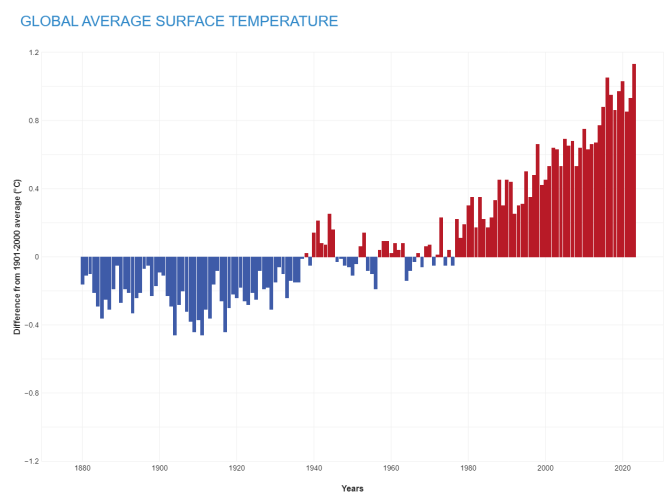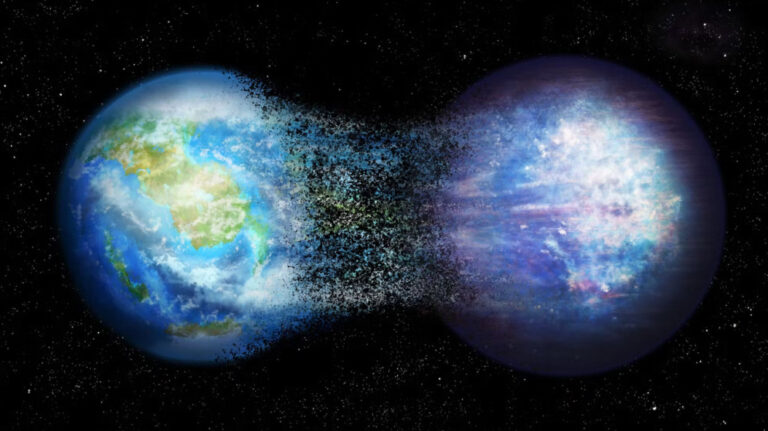A world can transform from Earth-like to a Venusian hellscape in a matter of millennia.
Venus, the victim of a runaway greenhouse effect, is a planet whose surface is scorching hot and trapped within a choking envelope of carbon dioxide, water vapor, and sulfur. Astronomers enshrined Venus as Earth’s sister world based on their similar masses and sizes, but that was before we knew how different Venus was. A new analysis from the University of Geneva (UNIGE) shows how easily Earth could slide into a similar runaway state.
With enough warming, the Genevan team found that it is nearly impossible to counteract the changes to atmospheric structure and cloud coverage once the process has started—hence “runaway.” The research is the first to successfully simulate the entire runaway greenhouse scenario, and the technical support for this work came from the CNRS laboratories of Paris and Bordeaux.
Carbon dioxide, a common greenhouse gas on Earth, makes up the majority of Venus’ atmosphere, but the concentration of water vapor is what really tilts the balance toward a runaway greenhouse effect, according to the researchers. Higher concentrations of water vapor raise temperatures similar to those of carbon dioxide, which raises ocean evaporation and adds more water vapor to the atmosphere, creating a feedback loop where temperatures rise in tandem with evaporation until all the water turns into gas.
Previous studies of runaway greenhouse conditions focused on the temperature state of the runaway or the state of a planet after the process, but simulating the point of no return in this study revealed new details. “There is a critical threshold for this amount of water vapor, beyond which the planet cannot cool down anymore,” according to study author Guillaume Chaverot. From there, everything gets carried away until the oceans end up getting fully evaporated and the temperature reaches several hundred degrees.

The UNIGE team has demonstrated that it would not take much more than 1.5 degrees Celsius to destroy Earth’s atmosphere: if the increase reached 10 degrees or more, significant water would evaporate; at 10 meters of water evaporation, atmospheric density would increase by 1 bar; and within a few centuries, the surface temperature would hit 500 degrees Celsius (almost 1,000 degrees Fahrenheit). And it will only get worse from there. Climate activists have urged world leaders to keep temperature increases under 1.5 degrees Celsius.
This work serves as a reminder that Earth is not immune to disaster just because we live here. One of the study’s major findings is the description of a specific cloud pattern in which dense clouds form in the upper atmosphere. These clouds do not have the troposphere and stratosphere’s temperature inversion characteristics. This indicates that the structure of the atmosphere has been fundamentally altered, and there may be no way back.

